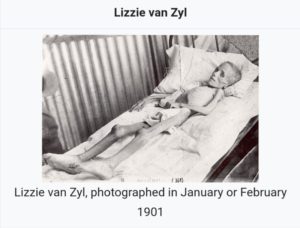VAL
Mpumalanga
Die dorpie Val waar tyd gaan stilstaan het.
Hierdie rustige dorpie met ń ryke geskiedenis bied lafenis vir die siel.
Die dorpie ,Val, met sowat 10 permanente inwoners, sy eie polisiestasie met meer polisiemanne as inwoners verwelkom besoekers van heinde en verre.
Die ry skoene wat oor die elektriese kabel by ingang van Val hang, verklap al klaar: Hier is ń interessante plek om te besoek!
Die grondpad, Smith straat, eintlik die enigste straat aan duskant van spoorlyn lei reguit verby die Val Hotel.
Aan een kant van Smithstraat is die Val Hotel, Museum, winkeltjie, restaurant Moeggeploegkroeg, die kerk, die Smith begraafplaas, Sportgronde en verder af die Polisiestasie. Aan die ander kant van Smithstraat is die ou Poskantoor( omskep in verblyfplek), Val stasie en platform en die graansilos waar die nuwe silos uittroon bokant die ou silos.
ONTSTAAN VAN DIE DORPIE WATERVAL/VAL
Joseph Smith trou met Elizabeth Kerslake ongeveer 1870. Hy vestig ń plaas by Oudehoutspruit op die walle van die Watervalrivier. Sy twee seuns Arthur en Alfred Smith boer ook later in hierdie omgewing, so ook sy stiefseun, Kerslake.
Joseph is ń slim besigheidsman en hy vestig hier in 1888 ń broodnodige herberg op die koetsroete vir deurreisende koetse en hulle moeë passasiers tussen die Laeveldse goudvelde en Johannesburg. Die Stage Coach Inn of Jos Smith’ s Inn.
Die Waterval Poskantoor, ń hout en sinkgebou, open ook hier in 1888.
Gedurende die ABO word die Waterval Poskantoor gesluit, maar weer heropen in 1901. Beide hierdie geboue sluit in 1902.
Paul Kruger en die ZAR begin voor die ABO met uitbreiding van spoorlyne in die Transvaal. Joseph Smith bied ń hoërliggende stuk grond van sy plaas aan vir ń treinstasie aangesien die Watervalrivier soms sy walle oorstroom wat veroorsaak dat die herberg ontruim moet word. Hyself bou vir hom ń huis nader aan die treinstasie.
1896 word die spoor na Natal en die Val- stasie amptelik en seremoniëel geopen by Waterval. Elizabeth Smith bêre ń tydkapsule onder een van die spoorbrug se pilare.
ń Klein nedersetting ontstaan hier met ń treinstasie, algemene handelaar, hotel, poskantoor (Val), smidswinkel van Horace Fry en ń meule van Mnr Ambrosius, polisiestasie (1898) en Barclay’s Bank (1910).
ABO
Die inwoners van die nedersetting Waterval het goed met mekaar klaargekom. Harmonie het geheers tussen die verskillende groepe mense. Die oorlog bring verdeeldheid tussen Engelse en Afrikaanse mense.
Britse soldate word hier gestasioneer.
Joseph Smith verklaar sy neutrakiteit want hy het altyd ń goeie verhouding met Britse sowel as Afrikaanse bure gehad. Joseph word gedeporteer vir die duur van die oorlog. Sy vrou, Elizabeth Smith, hanteer die plaas en sy besigheid tydens sy afwesigheid. Dit was nie ongewoon dat sy tee op haar voorstoep saam met Afrikaanse vriendinne geniet en terselfdertyd verversings aan Engelse soldate by kombuis bedien nie.
Hier was vele skermutselinge tussen Boer en Brit in hierdie area.
Die bekendste is die Whisky trein voorval , 29 Desember 1900.
NA DIE OORLOGSJARE
Die “joiners” onder Afrikaanse inwoners het verdeeldheid en groot bitterheid veroorsaak.
Die Afrikaanse boere se huise en plase is afgebrand en verwoes, diere doodgemaak of weggevoer.
Die baie Afrikaanse “joiners” wat hulle gedurende die oorlog aan die Britte se kant geskaar het, het vinnig na die Vredesluiting ingeval by Jan Smute se beleid van: Vergewe en Vergeet.
Waterval se naam verander amptelik na Val.
Val Sportklub ontstaan op grond wat deur Smith familie geskenk word vir sportgronde.
1913 vertrek Ghandi per trein vanaf Durban na Johannesburg op ń vredestog. Hy word gearresteer op Val en daar vir een nag gevange gehou.
1994 VEILING
Val was ń lewendige en besige dorpie.
1970 word Val Stasie gesluit en geleidelik raak die dorpie ontvolk en verlate.
6 Julie 1994 word die Val Hotel per veiling verkoop aan André en Rita Britz wat jarelange familiebande met Val gehad het. Rita se Steyn, Engelbrecht en Van den Berg voorouers boer in hierdie area sedert 1886.
André en Rita herstel hierdie waardige ou dorpie tot sy volle glorie.
Die Val Hotel en verskeie geboue word gerestoureer en omskep in interessante verblyfplekkies.
Die interessantste staaltjies en stories word hier vertel en beleef.
elfs ń geheime kamer is ontdek met groot geheime.
Van die meubels is erfstukke van Rita se groot-groot Oupa of ou meubels gekoop by veilings soos bv vanaf die Ou Standerton Hotel se Dameskroeg
St FRANCIS ANGLIKAANSE KERK
Tot 1964 het die Anglikaanse gemeente maandeliks ń diens gehad in die skoolsaal van die Val Skool of aan huis van Mnr Quinton Smith.
1963 word die Church of St Francis of Assisi hier gebou en voltooi in Janiarie 1965.
Helen Lawrence ontwerp die kerkie volgens die St George Kerk, Witrivier.
Die kerkie klein, soos die kerkie op Devon.
1970 word die kerkie deur die weerlig raakgeslaan en erg beskadig.
1971 word die kerkie herbou.1
982 trou André en Rita in hierdie kerkie.
GEVALLE SOLDATE
ń Netjiese gedenktuin en gedenksteen is opgerig vir gevalle Britse soldate.
BOEKBEKENDSTELLING
2021 word die jong Russiese meisie, Lika Gorokhowa, se Afrikaanse boek, Oor die goudgeel vlaktes van Suid-Afrika, op die perron van Val se stasie bekendgestel.
Bronne:Internet. ñ Plekkie henaamd Val deur Rita Britz en Wessel Oosthuizen
Fotos: Gys Ströh snr 2019, 2021
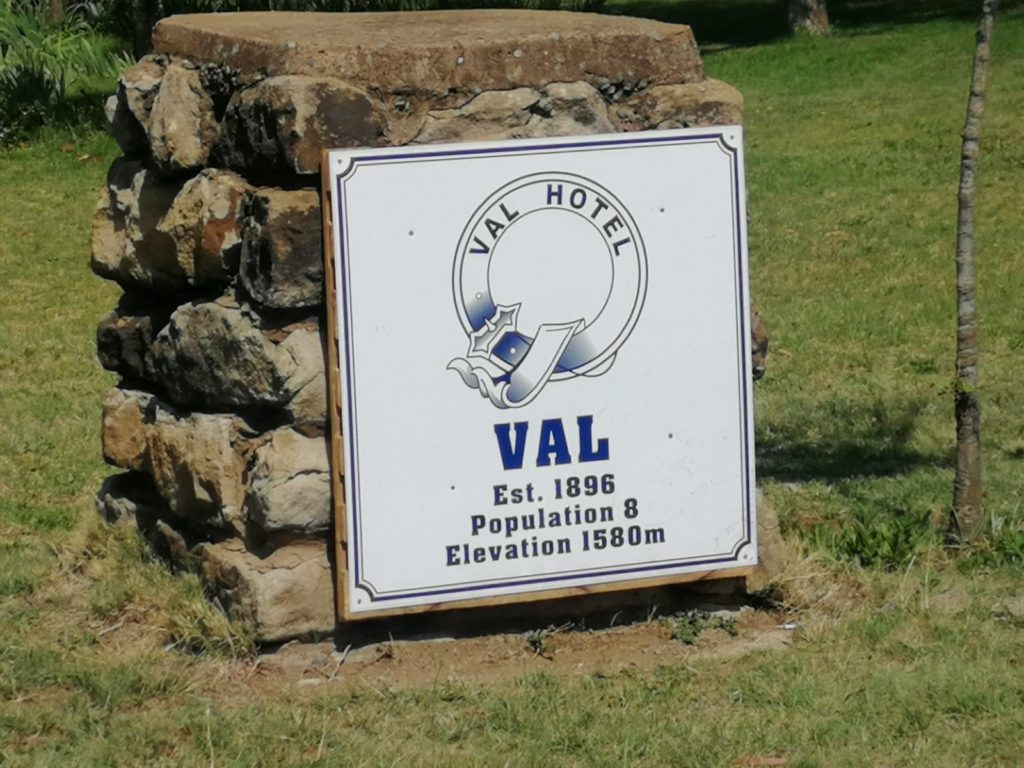
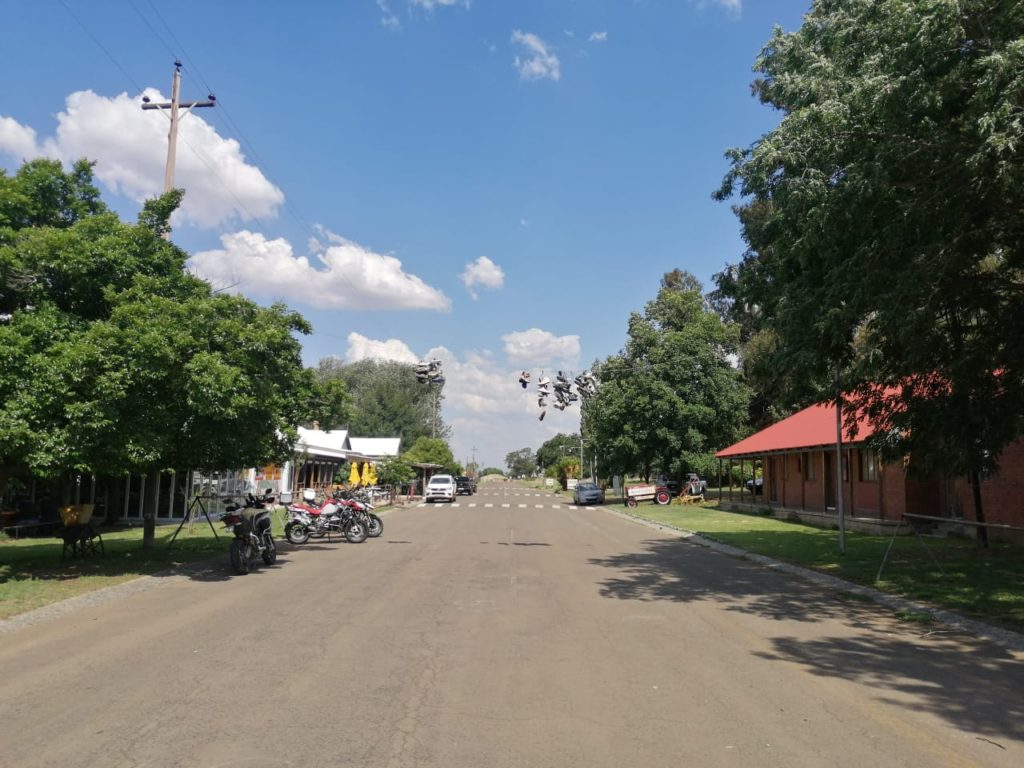
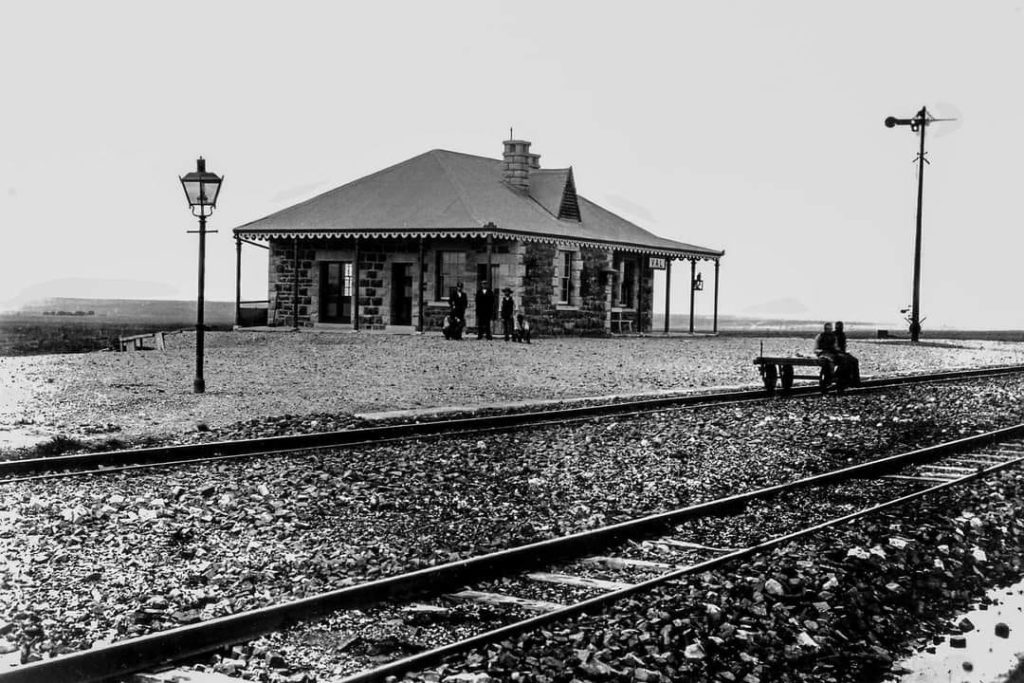
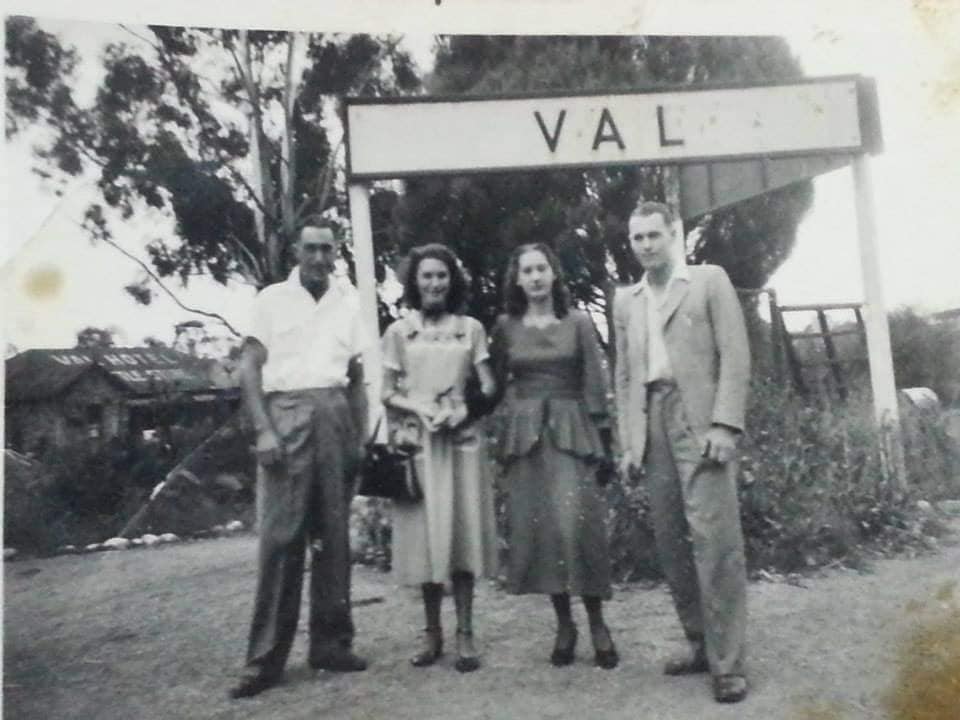
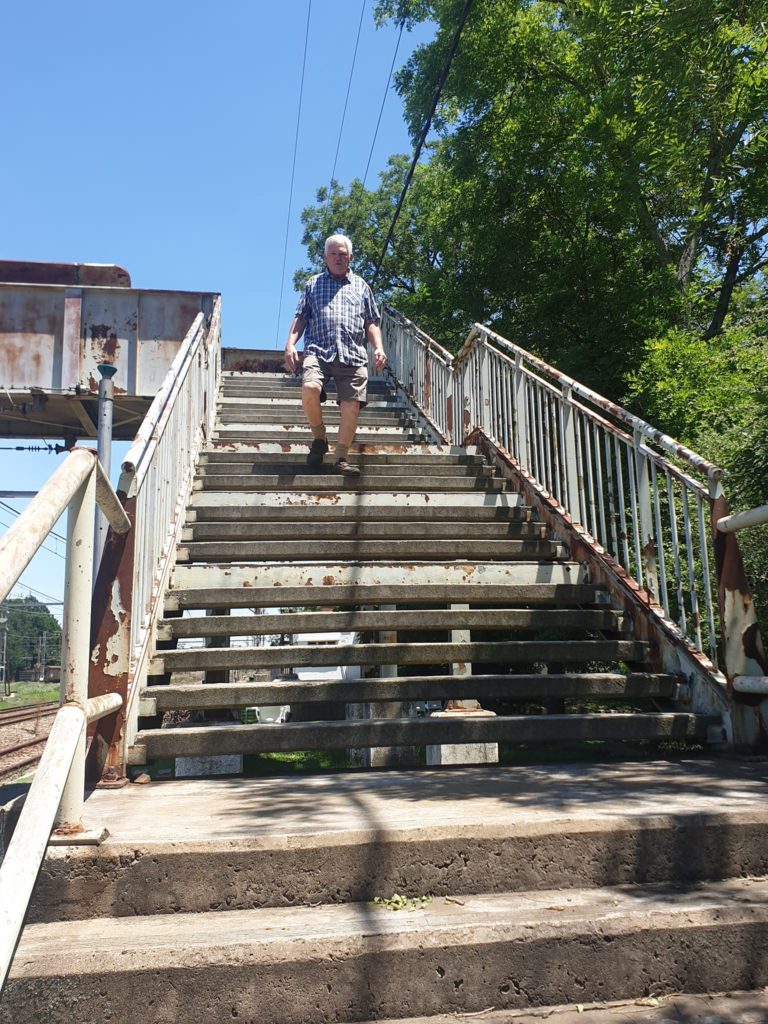
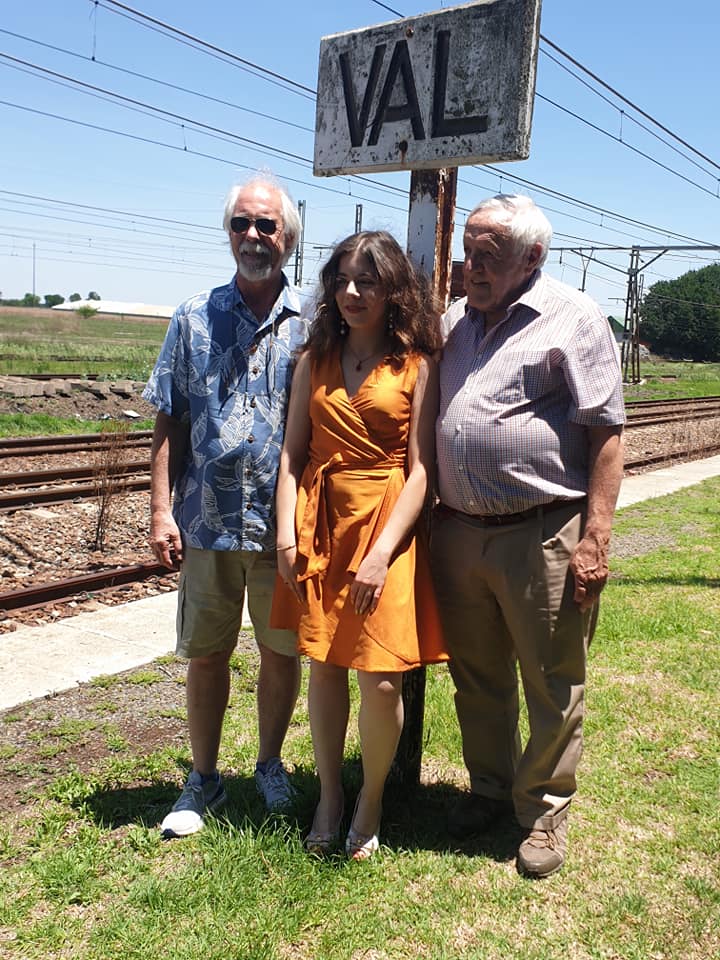
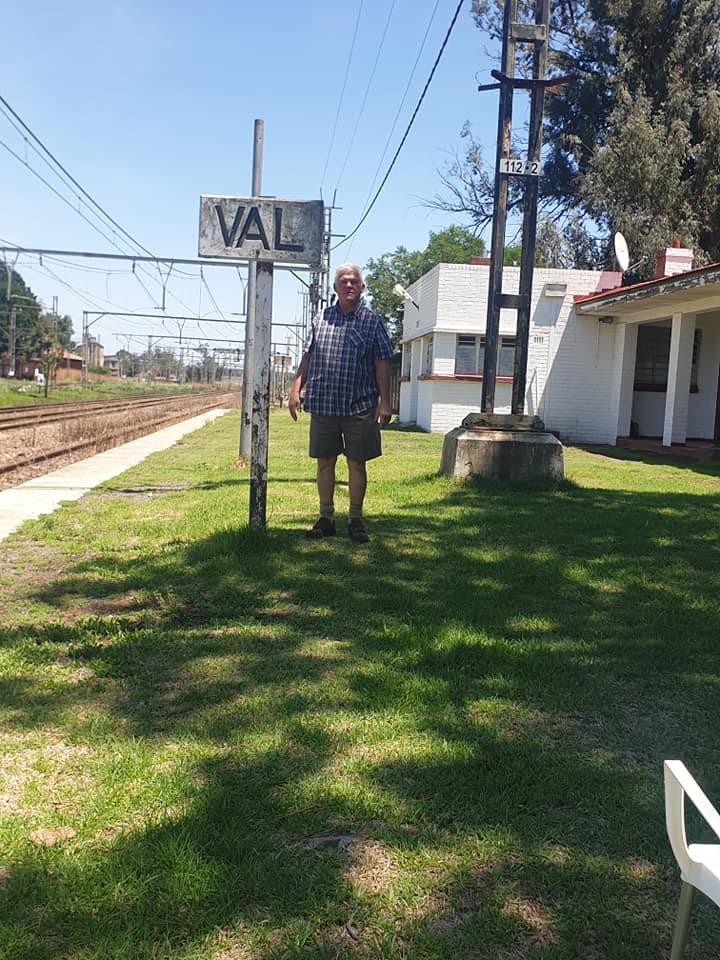
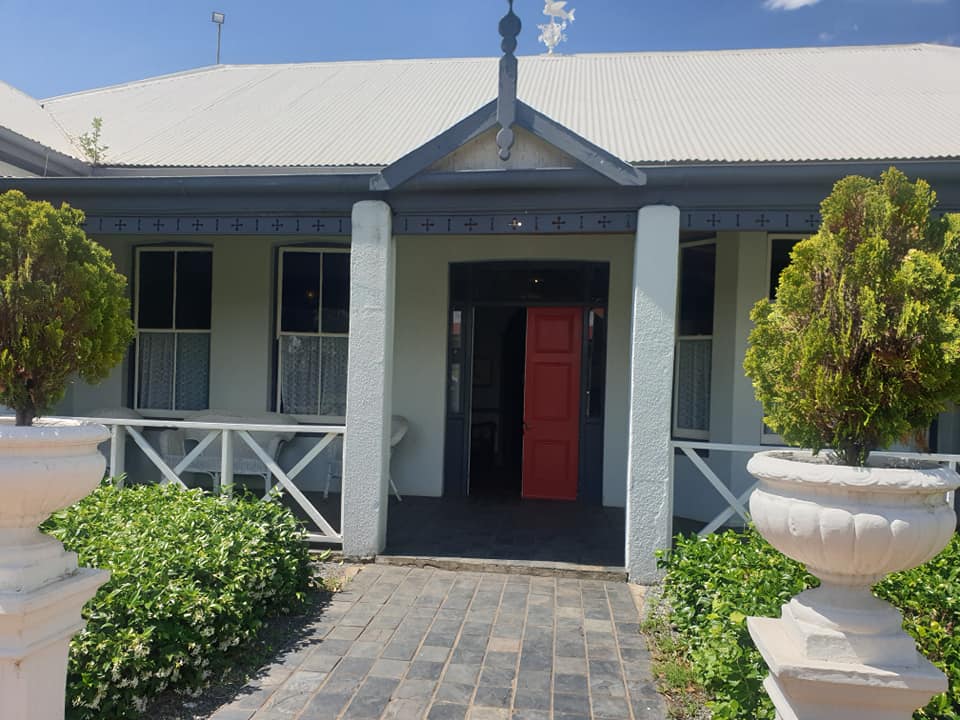
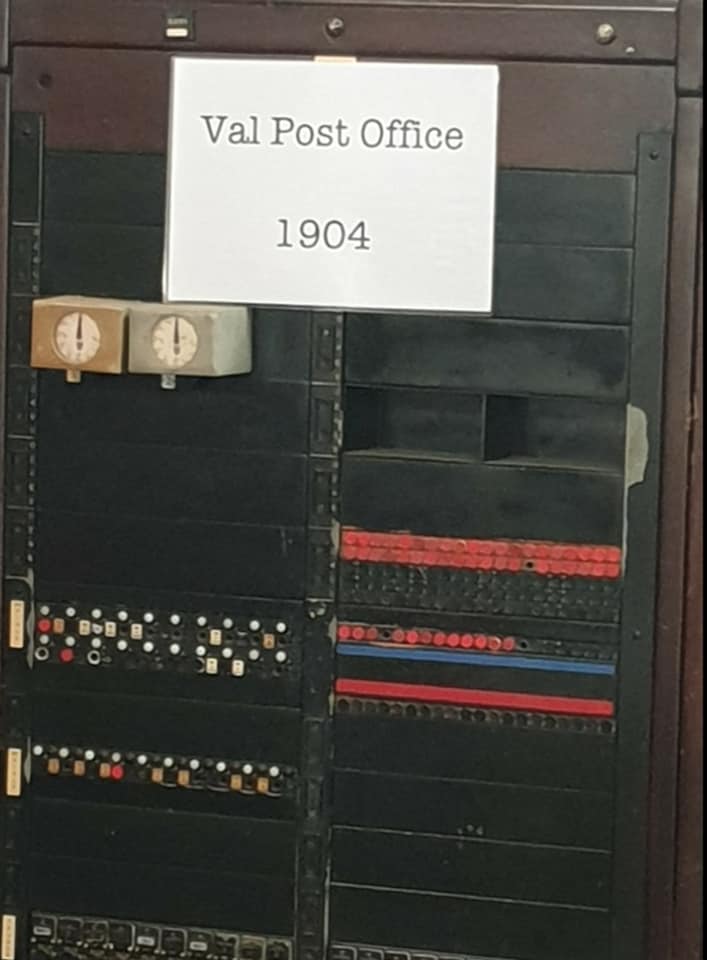
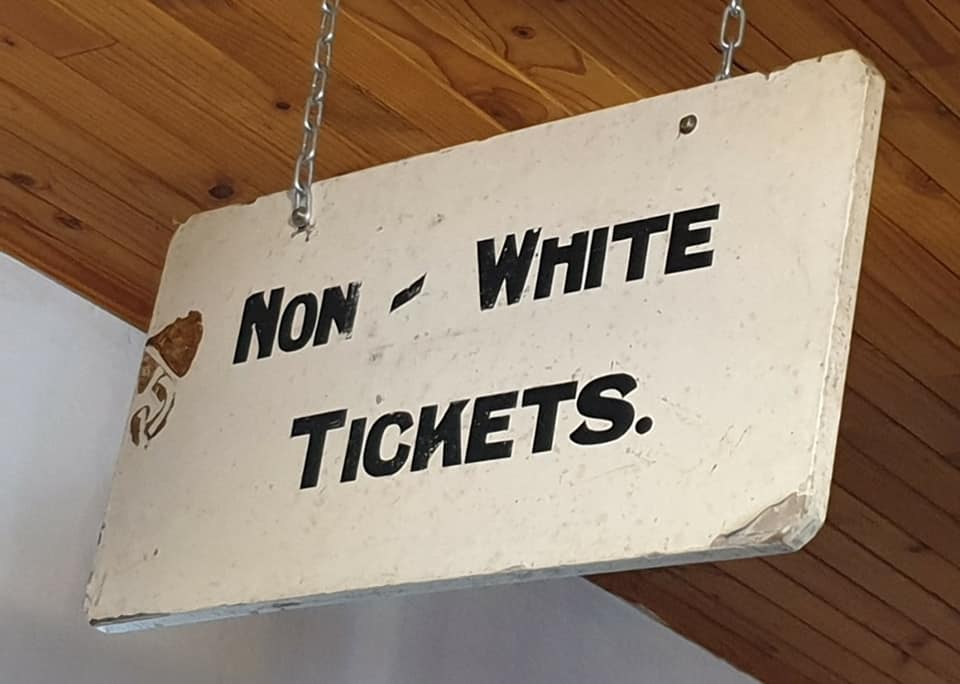
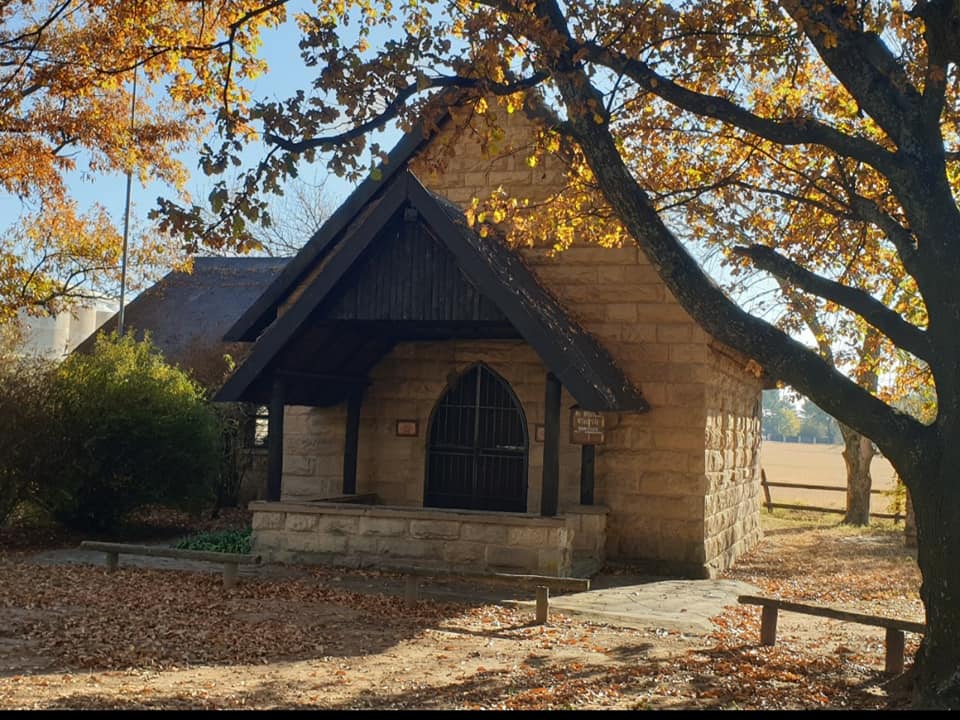
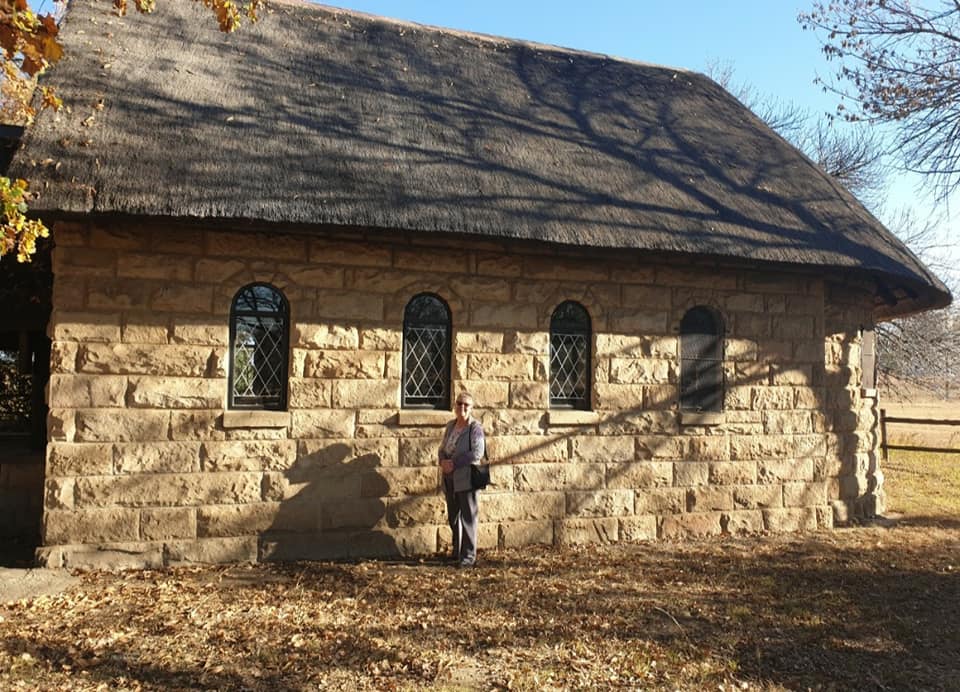

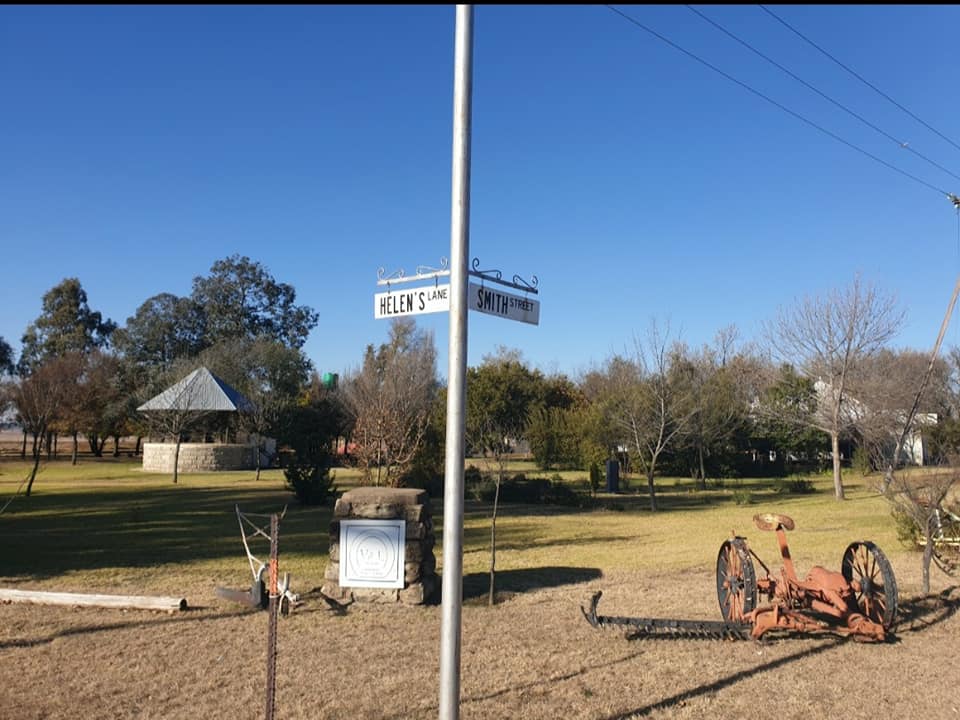
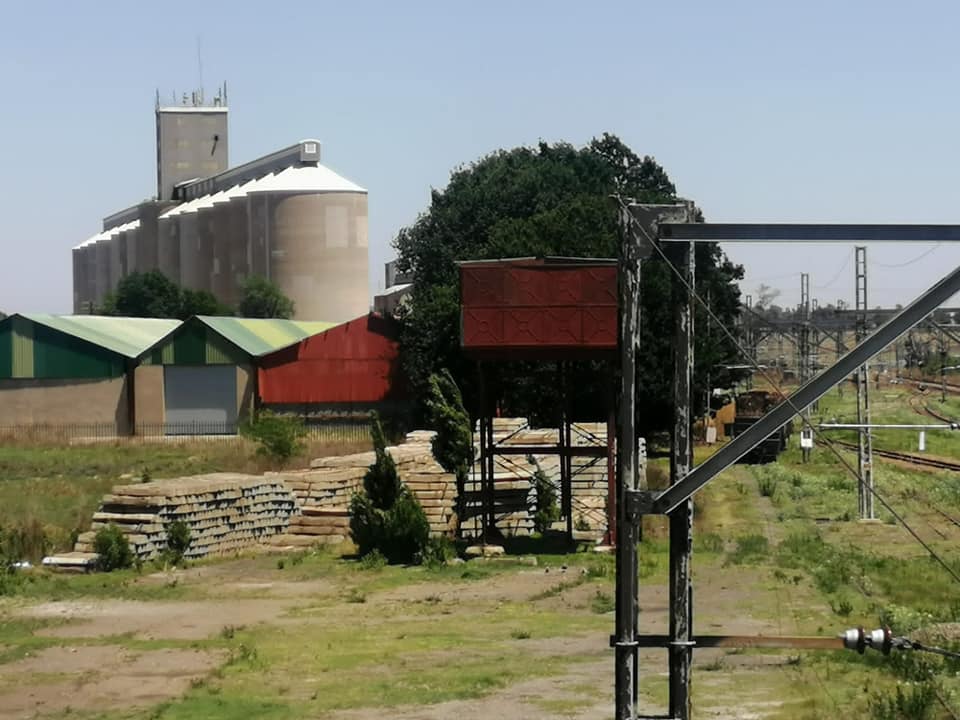
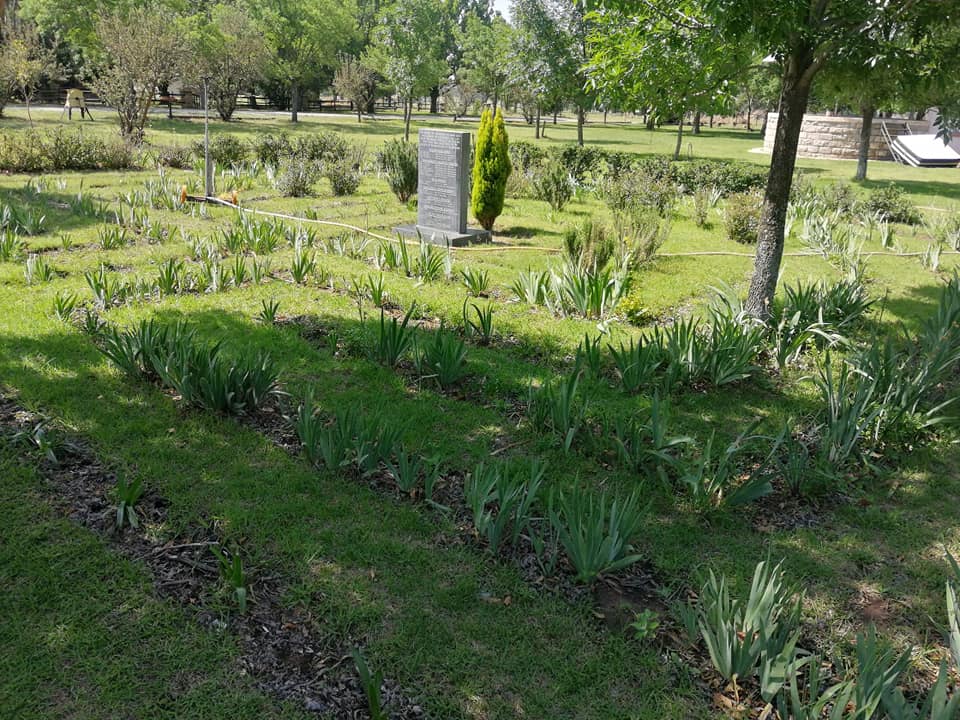

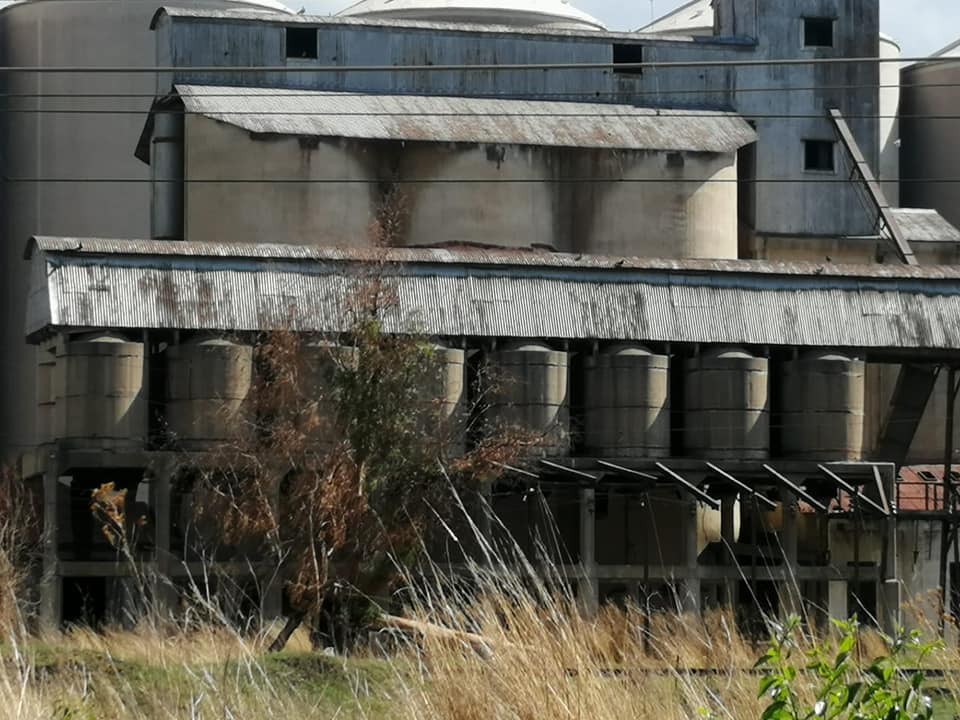

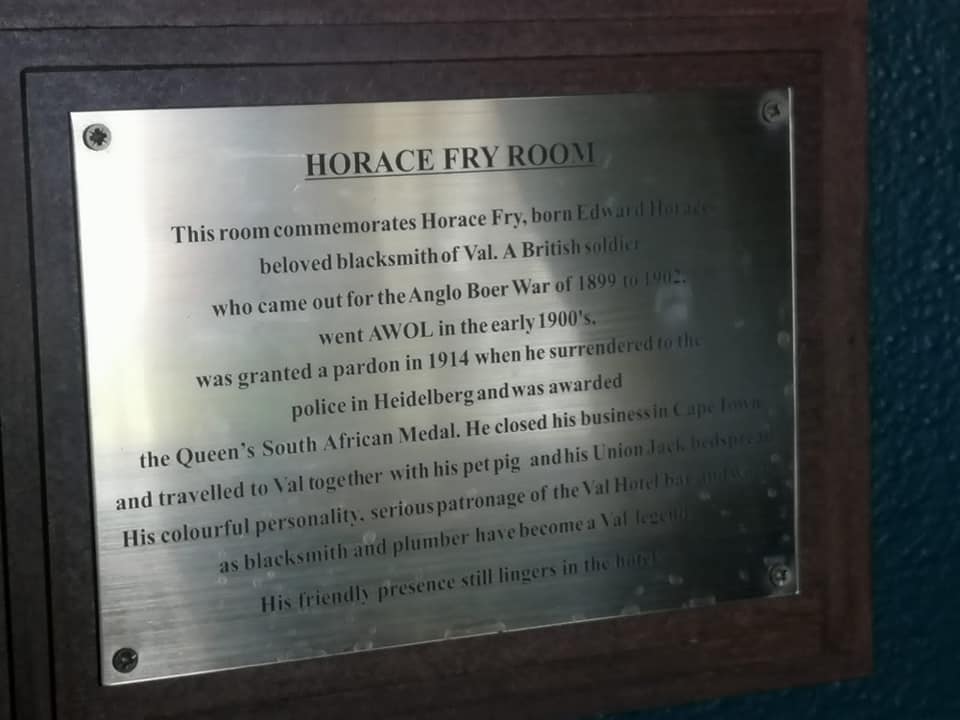

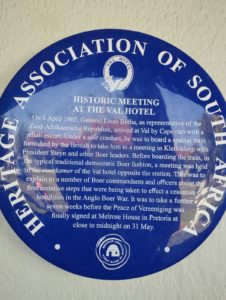
The Heritage Portal Newsletter #14 2024
When whisky stopped a war for a day
In Val, you can enjoy a re-enactment of a time when Boer and Brit put down their arms to enjoy a feast
10 APRIL 2024 – 05:00
by LUCILLE DAVIE
It was a tense moment. Two Boers were hiding in the long grass as the train approached. Then the train convulsed with the explosion and several trucks fell down the bank, spilling their contents into the grass, among them cases of whisky.
There were plenty of pith helmets, veldskoene and khaki shorts and shirts at the re-enactment of the Whisky Train event in March 2024.https://bvt.r66net.com/Images/logo-invibes-grey.svg
About 6km outside a dot of a place called Val, just over the Gauteng border into Mpumalanga, is a small concrete railway culvert. On December 29 1900, just over a year into the South African War, Commandant Fanie Buys selected this spot to derail a train on its way to Johannesburg and Pretoria in the then Transvaal. The British had marched into Joburg on May 31 of that year, and Pretoria on June 5.
Two brothers, Gert and Jack van den Heever, placed dynamite on the tracks. The British commanders were sending New Year’s fare to the troops to keep their spirits up. Before the British built blockhouses along the lines, the Boers often blew up the lines, and so it was in December 1900. Except this time, it was something both sides could celebrate.
In 1900 the explosion derailed several trucks, and the armed Boers rode up on their horses, ready to take prisoners and claim a victory. But what they discovered was that the cargo was whisky, and good things to eat. So Boer and Brit settled down to a hearty feast, arms laid aside for a while. There were no fatalities, and the next day the hostilities resumed.
With about 100 other people, I stood on the dusty white and pink cosmos-lined road, facing the culvert. Over it was a small mobile tiered stand, pulled there by a tractor. Seated in the stands were khaki-clad and pith-helmeted British soldiers, with rifles, several Union Jack flags fluttering under the overcast sky.
An explosion echoed across the short distance to the spectators, a signal to about 20 mounted and armed Boers to come riding around a small rise. Rifles raised, blank shots were exchanged between the two sides, white puffs of smoke rising gently into the early autumn sky. The Boers crept forward, firing all the while, until the British commander, outnumbered and outgunned, raised his arms, and shouted, “Surrender!”
The mounted Boers rode up to the stand, others ran up, and accepted the surrender. I didn’t see much whisky, but the whole show was great entertainment. One of the pith-helmeted men on the “train” stepped forward and played Sarie Marais on his bagpipes, a gesture of reconciliation. It was well received, a burly spectator standing next to me singing lustily.
In 1900 the young Jack van den Heever, made brave by whisky, asked permission to marry one of the older commando’s daughters. And dad, feeling whisky-merry perhaps, gave his permission — the couple were married after the war.
“We are very excited to be reliving history,” said Anemi Hancke, a local farmer. “It’s good to belong, to be a part of something positive. It was a special moment in history when the Boers were hungry, thirsty and destitute.” Her husband, Vic, is the organiser of the event.
Original South African War rifles were used, loaned by the Dundee Diehards, a volunteer group based in KwaZulu-Natal who travel around the country doing re-enactments. The horses Vic Hancke and his sons rode were descendants of the horses his great grandfather bred before the war. About 90% of the mounted farmers were local, but others came from Volksrust, Perdekop and Newcastle, almost 200km away.
This is just one reason to visit Val, near the Waterval river, consisting of a hotel, a church, a police station, four houses, a sports club, and a refashioned post office and railway station, with a single road of about 1km running through it, and a population of eight.
Val is awash in history. On April 6 1902, Gen Louis Botha arrived at the Val station in a Cape cart to board a train to take him to a meeting in Klerksdorp with president Steyn and other Boer leaders. In Val a meeting was held in the voorkamer of the Val Hotel across the road from the station to brief commandants about plans to end the war, which took place seven weeks later with the signing of the Peace of Vereeniging in Pretoria.
Mahatma Gandhi, who spent 21 years in SA and formed his passive resistance movement here, was arrested and spent a night in the Val police station cells 100 years ago. He was on a march of resistance against discriminatory laws, from Newcastle to Joburg. That police station is now derelict; there is a new one at the end of the road. There is obviously not much crime in the village — when I strolled the half a kilometre down Smith Street to the station on Sunday, it was shuttered and chained. Capt Sibusiso Mbuli said there are 37 officers at the station, their major concern stock and copper cable theft.
The hotel’s history goes back to 1896, when it was built by a Yorkshireman, Joseph Smith. Smith arrived in SA in the 1850s, and made his way to the diamond fields of Kimberley, where he met and married a widow, Elizabeth Kerslake, and adopted her three sons. In Mpumalanga he built a stagecoach inn on the banks of the Waterval River, on the route to the gold fields of Joburg. When the railway reached Val, a station was built.
The family cemetery, in a nearby field, bears witness to the abundance of Smiths and Kerslakes in the area. The wall of plaques in the grounds of the 60-year-old sandstone Methodist church is full of English names.
The owner of the hotel, Rita Britz, is a sixth-generation descendant of the Van den Berg, Steyn and Engelbrecht families, who have been farming in the area since 1886. She was married in the church and raised her three children in Val. She used to be a teacher in Standerton, but one bright day in 1994 she stood on the stoep of the post office across the road from the hotel, together with a bank official. The derelict hotel was up for auction, with bidding starting at R1,500. When the figure got to R18,000, the banker suddenly stopped, and the hotel was Britz’s. “I ran to the tickey box and phoned my sister, and said to her: ‘I’ve just bought a hotel!’” She bursts into laughter at the thought now, 30 years later. She bounces up and down Smith Street, welcoming visitors, always ready to tell a story.
She took eight months to renovate the building — restoring Oregon pine flooring and tall slated ceilings, and keeping a small section of original mud-brick wall in the voorkamer. “The front rooms of the hotel are still mud brick,” she explains. There is a well in the garden, a hint of times past, now closed over.
She has taken over the post office across the road, which closed 20 years ago, and has refurbished it into two rooms. The old station building — the steady flow of freight trains don’t stop here — has been developed into a large backpackers room, giving her 15 hotel rooms in all. She bought the trading store next door to the hotel and converted it into a museum and restaurant and pub, called the Moeggeploegkroeg.
I wandered around the museum, packed with memorabilia, including the old telephone switchboard with Tannie Billie’s chair. A beautiful blue and white ceramic washbasin and jug are on display in a glass cabinet. They were hidden in the poplar bushes nearby by Christina Steyn when she heard that the British were burning homes.
Back in the village after the Whisky Train re-enactment, I wandered around the stalls in the grassy square. There were Scottish-kilted fellows speaking Afrikaans; an ancient bitterender wearing a sackcloth tunic and hat, with khaki socks and vintage binoculars around his neck, sporting a white beard; and a lookalike Afrikaner Weerstandsbeweging leader Eugene Terreblanche, with his white beard, blue khaki shirt and black felt hat with a small feather in the hat band. I heard Britz announce: “It’s not a skander to be an Englishman.”
Some of the original Smith family still farm in the area, together with their Afrikaans neighbours. Perhaps that spirit in December 1900 still brings them together now. The music in the square was a mix of Boeremusiek and bagpipes, and it felt good.
The culvert now has a granite plaque commemorating the merry occasion, and the railway track has been moved a little south.
Travel notes:
Val Hotel
There are 15 rooms in the hotel, post office and railway station.
Oudehouthuis
This restored house has seven self-catering rooms and is on a working farm.
The Whisky Train re-enactment event is held during school holidays as most people are away in December.
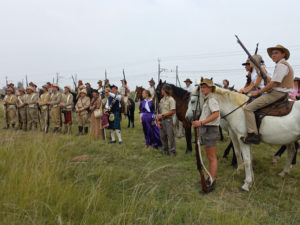
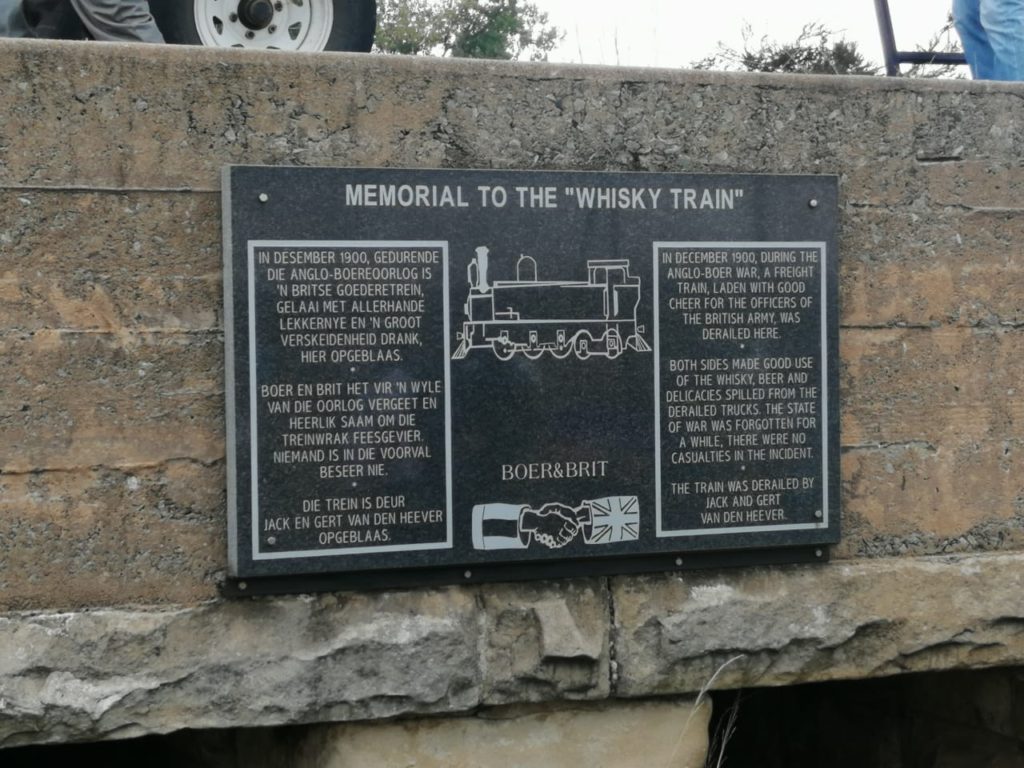
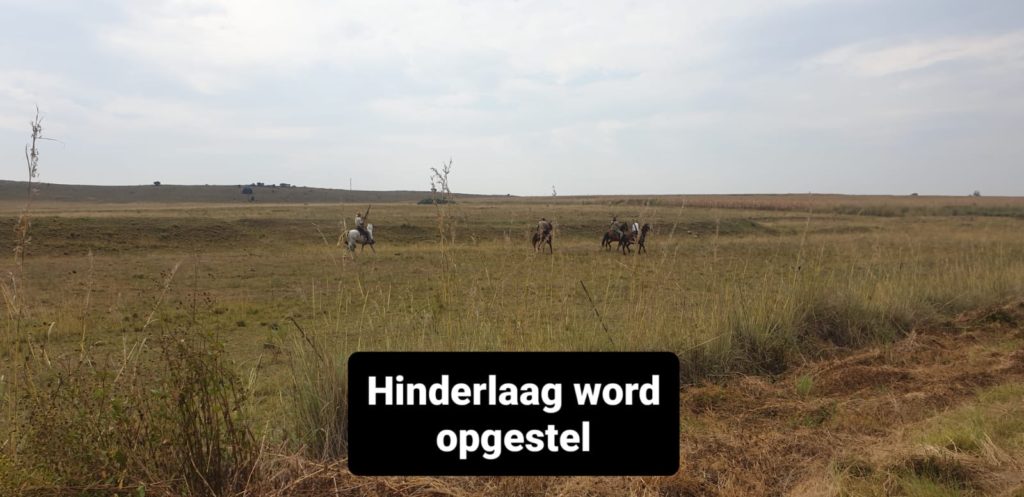
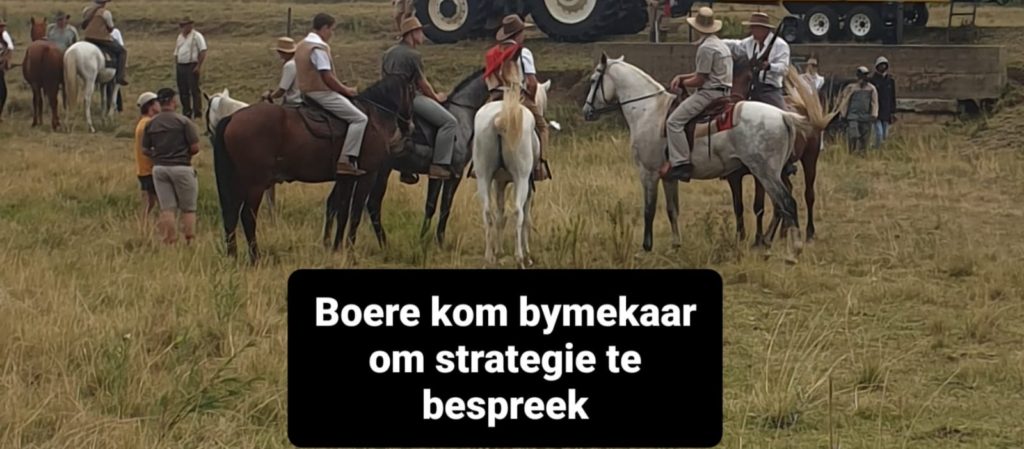
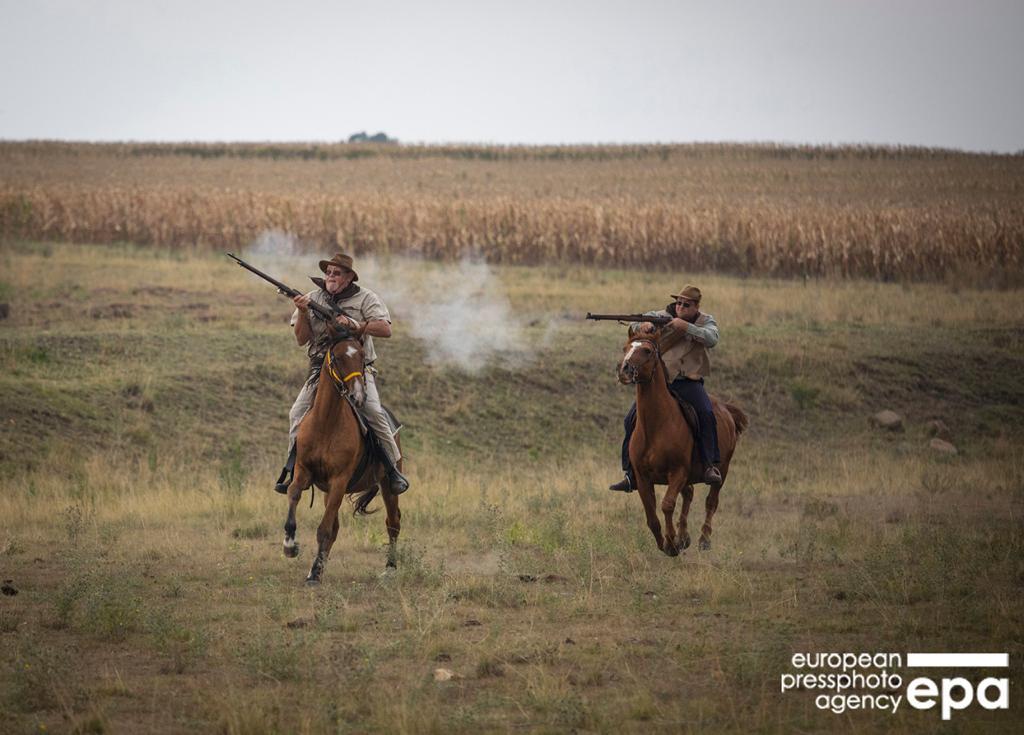
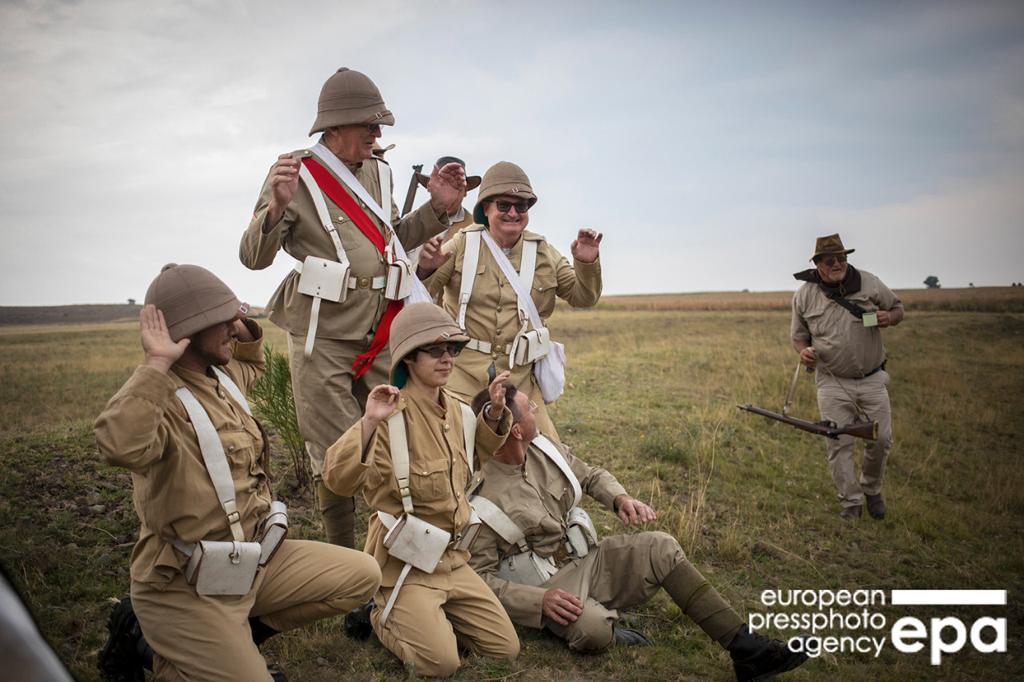
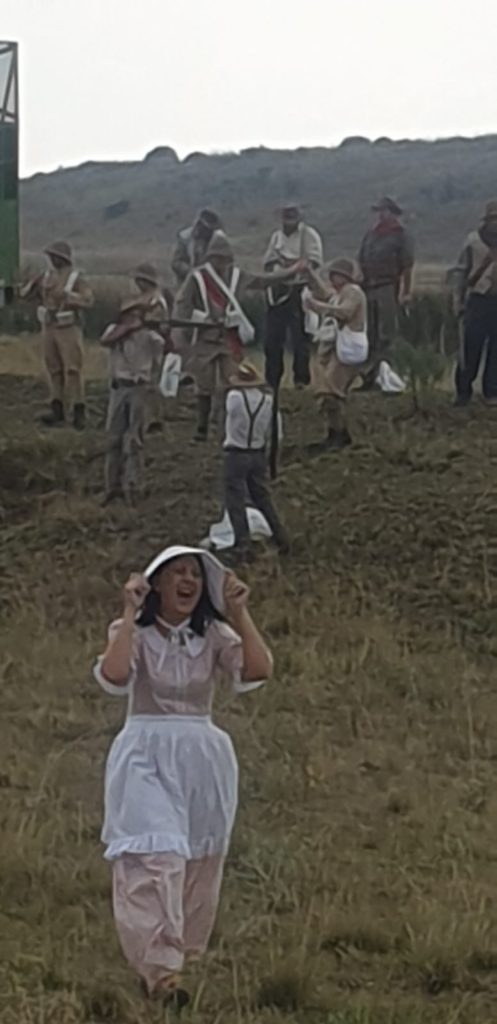
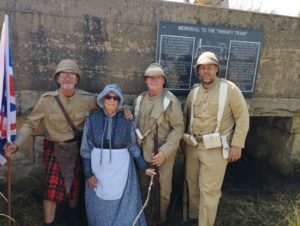
Val Hotel
HASA Blou Plaat onthulling
Gedenksteen vir gevalle Britse Soldate
Die dorpie Val met sy ryke geskiedenis gryp die verbeelding aan.
In Val beweeg die besoeker terug in tyd, reeds by die ingang van die dorpie besef jy…die tyd staan hier stil… ñ Belewenis…
Nie net het hier soveel ou geboue staande gebly nie, maar die jaarlikse viering van die Whiskey Trein is ñ hoogtepunt wat besoekers van heinde en verre lok.
BLOU PLAAT BY VAL HOTEL
15 April 2023 het die groot eer Val Hotel te beurt geval.
HASA ( Heritage Association of South Africa) het ñ blou plaat toegeken en onthul by die Val Hotel om erkenning te gee aan die geskiedkundige waarde van hierdie hotelletjie.
1899-1902 Die Anglo-Boereoorlog (ABO) woed al meer as twee jaar. Beide Boer en Brit het al groot verliese gely.
Die Burgers is reeds in hulle duisende as krygsgevangenes weggevoer.
Boervrouens en kinders leef in die haglikste omstandighede in konsentrasiekampe.
Plase is vernietig volgens die Verskroeide Aarde beleid van die Britte.
Die Bittereinders veg voort, bereid om tot die einde te veg.
Die Britte, al is hul getalle oorweldigend, ly ook swaar verliese en sit met hulle hande in die hare vir hierdie onverwagse taktiek van aanval en verdwyn van die Bittereinders.
Tyd om weereens ñ poging aan te wend om vrede te sluit, ñ einde aan hierdie vreeslike uitgerekte oorlog te bring.
April 1902: Die Britte reël ñ ontmoeting met President Steyn (Vrystaat), Genl Louis Botha (Transvaal) en ander Boereleiers vir samesprekinge en onderhandelinge. Hierdie ontmoeting sou in Klerksdorp plaasvind.
ñ Spesiale trein word deur die Britte gereël om hierdie Boereleiers veilig na Klerksdorp te vervoer.
6 April 1902 arriveer Genl Louis Botha, verteenwoordiger van die ZAR by Vak per Cape Cart. ñ Klein groepie burgers vergesel hom.
Die Burgers vergader in due “voorkamer” van die Val Hotel , oorkant die treinstasie. Daar hou hulle beraad en Genl Louis Botha verduidelik aan die Burgers, Kommandante en Offisiere die rede vir die samesprekinge en die onderhandelinge vir vredesluiting.
Die eerste stap na die vredesluiting begin reeds hier alhoewel die Vrede van Vereeniging eers sowat 7 weke later in Vereeniging finaal onderhandel is en onderteken is 31 Mei 1902 in Melrose Huis Pretoria.
Die ABO is beëindig. Die Republieke het hul vryheid verloor, maar sal weer opstaan uit die ellende.
“Gewond maar onoorwonne”. (Vryheidsmonument Vereeniging).


MONUMENT VIR GEVALLE BRITSE SOLDATE
Jaarliks vind hier ook ñ kranslegging plaas om daardie Britte te onthou wat so ver van hulle Vaderland in verre Suid-Afrika geval het. Die gedenksteen het die name van Britte op wat gesneuwel het en op Val by die stasie begrawe was. Later is hulle herbegrawe in Standerton begraafplaas.

BESOEK
Besoek gerus die dorpie Val.
Bewonder die ou geboue; die Val Hotel, die ou Val Stasie waar ñ trein nog verrassend verby stoom, die ou Poskantoor, ou Polisiestasie waar Ghandi na bewering ñ nag aangehou was, die kosbaarste ou kerkie en nog meer. (ñ Groot Muurkaart met verduideliking teen ñ muur by Moeggeploeg Kroeg).
Stap oor die treinbrug.
Beleef die geskiedenis.
Dankie Rita (Rita Engelbrecht Britz ) vir die harde werk, inisiatief, geleentheid en voorreg om ñ stukkie geskiedenis te kan beleef.
Bron: Val
Foto’s: Gys Ströh snr April 2023.









